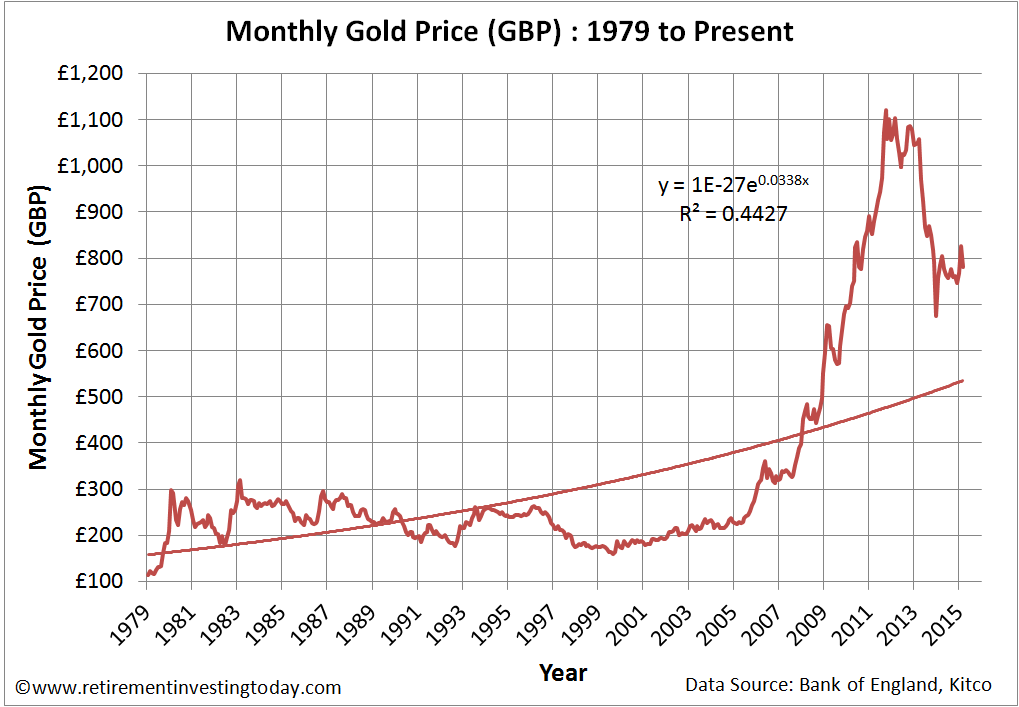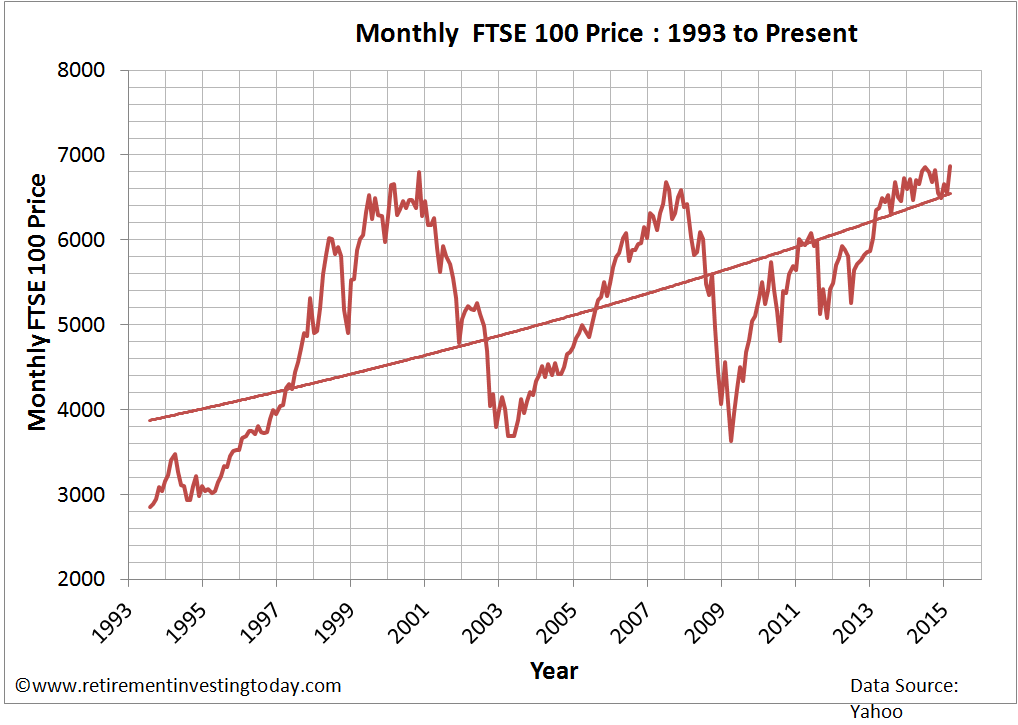6 Months ago, almost to the day, I made the bold statement that I had 2 Years to Go before Financial Independence beckoned and optional Early Retirement was staring me in the face. If I'm on plan for that then today I need to be writing that I have 18 Months to Go. So do I? As always let’s run the numbers.
Note that here I don’t include any investment returns, EBay sales, savings account interest, credit card cashback or 5p coins picked up on the roadside as earnings. I do however make it hard on myself by counting the tax from both my salary and investments/interest as spending which encourages me to structure my finances as tax efficiently as possible.
On a chart my savings look like this:
So I've failed to meet this objective but I'm actually still happy with the result. Why, because you’ll see the savings dip occurred just before and just after the end of 2014 during which time as a family we conducted some Early Retirement research by spending some time in one of our preferred Early Retirement locations – Puglia, Italy. We went in the depths of winter as we know that part of the world is beautiful in summer as a tourist but we’re talking about living there permanently and so wanted to see it in its worst light. The conclusion? As a tourist location it’s still a pretty impressive part of the world:
Saving Hard
One of the key pillars of my overall Retirement Investing Today strategy is to find ways to earn as much as possible while finding ways to spend as little as possible by living healthily and intentionally well below my means. The difference between the two is savings that can be invested to start working for me. So how have I done on this front given that to be successful I need to maintain a savings rate of 55% of gross earnings, which I define as Savings plus Employer Pension Contribution divided by Gross Earnings (ie before HMRC takes their portion) plus Employer Pension Contribution? Against that 55% target I've actually averaged a savings rate of 53.9% over the last 6 months.Note that here I don’t include any investment returns, EBay sales, savings account interest, credit card cashback or 5p coins picked up on the roadside as earnings. I do however make it hard on myself by counting the tax from both my salary and investments/interest as spending which encourages me to structure my finances as tax efficiently as possible.
On a chart my savings look like this:
Click to enlarge
So I've failed to meet this objective but I'm actually still happy with the result. Why, because you’ll see the savings dip occurred just before and just after the end of 2014 during which time as a family we conducted some Early Retirement research by spending some time in one of our preferred Early Retirement locations – Puglia, Italy. We went in the depths of winter as we know that part of the world is beautiful in summer as a tourist but we’re talking about living there permanently and so wanted to see it in its worst light. The conclusion? As a tourist location it’s still a pretty impressive part of the world:
Click to enlarge, Trullo in Alberobello, Puglia







